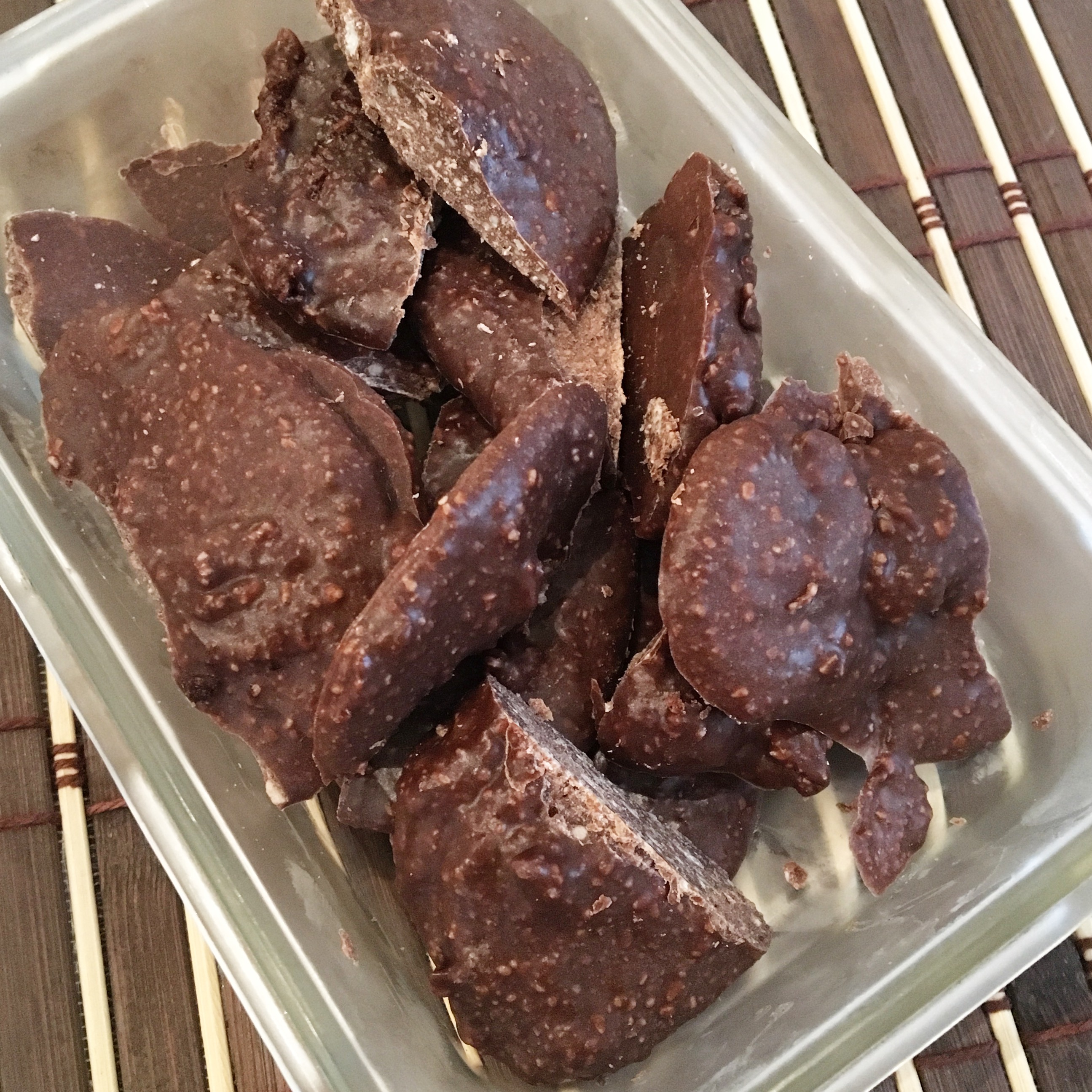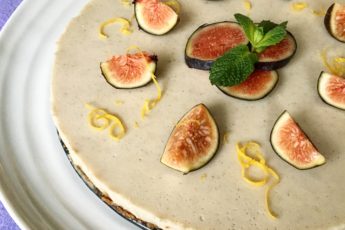
As of about a week ago, I am transitioning my diet again. I am going deeper – remember this is a journey, not a destination. As of recently I have adopted an AIP (autoimmune paleo) diet to get to the root of some health issues and to tackle autoimmunity (more to be shared in an upcoming blog post). At first glance, I really didn’t think I could take on this diet because of all it’s limitations. Some of the foods excluded are beans, grain, dairy, eggs, chocolate, nuts, seeds and nightshades. Many of these I have already pretty much eliminated or avoided over the year, but some of them I still rely on as a staple. This includes chocolate! Only having recently switched to eating more animal protein, my repertoire of food choices is still not very large and I have little to draw on. However, health comes first and what must be done, must be done. So you will be seeing me experiment more and more over the weeks and months to come as I add and take away foods to find what works for the long term. Be sure to follow along @marniwasserman on Instagram for daily posts, tips and inspiration.
A week in, and I have fully submerged myself into this way of eating. But last week – it only took me about a day or so to miss my chocolate (which is not allowed on the AIP protocol) and I needed a quick replacement. In comes carob to the rescue. This AIP-friendly pod is not only the perfect replacement for chocolate but it also provides it’s own unique angle to any recipe – whether fudge, hot carob or other fun treats. I have been really enjoying it’s fruity, complex flavour in addition to helping me satisfy my sweet chocolaty cravings.
Getting to know carob
As mentioned, carob is a pod, a legume if you will. However the difference is that the pod is ground up, heated and made into it into a wonderful powder that can be used in a wide array of culinary creations. The taste is nutty and sweet. It is also packed with vitamins, minerals including a large amount of calcium. It is also gluten free, caffeine free and does not spike blood sugar levels – it has it’s own delicious sweetness. Just like chocolate, carob is also packed with antioxidants. Unlike chocolate, carob does not contain any oxalic acid, therefore allowing your body to full absorb calcium. Many like to praise carob for being fat-free compared to chocolate, which is true and may be relevant to some, (so I thought I would share it) but that detail has no benefit to me since I am all for a high fat diet.
If you are one of the many who have been sitting on the fence about carob, go ahead and give it a go. Whether chocolate is in or out of your diet – the thing about carob, is that it has it’s own wonderful benefits and uses. Right now chocolate is taking the back seat while I am on this protocol, so I will let carob drive for a while. Once chocolate comes back into my life, they can both ride in the front seat since I enjoy them both – however chocolate will always have my heart!
But for now…let’s try these carob treats out:
Fatty Carob Fudge Balls (or Cookies)
1.5 cups of shredded cococut
½ cup coconut oil
2 tbsp carob powder
Blend by hand and make rolled macaroon like balls, place on a tray and put into the freezer for approx 20 minutes.
Or
Blend by food processor to get a softer, creamier fudge. Pour onto baking tray lined with parchment and place in freezer for 1 hour. Remove and break up the fudge into small pieces and enjoy. (Store in freezer).
Hot Carob Latte
1 cup coconut milk
1 cup tigernut milk
2 tbsp carob powder
1 tbsp lakanto (monk fruit) or honey
1 tbsp cacao butter
1 tsp cinnamon
1 tbsp collagen powder
1 sachet of chaga
Warm up coconut milk and tiger nut milk in a pot. Remove and add to a high speed blender with the remaining ingredients and blend until combined. Pour into two mugs and enjoy!
Get ingredients here for both of these recipes & be sure to use the code TUHP at checkout to save 10% – add these to your cart today cacao, coconut oil, coconut butter, chaga, cinnamon and cacao



